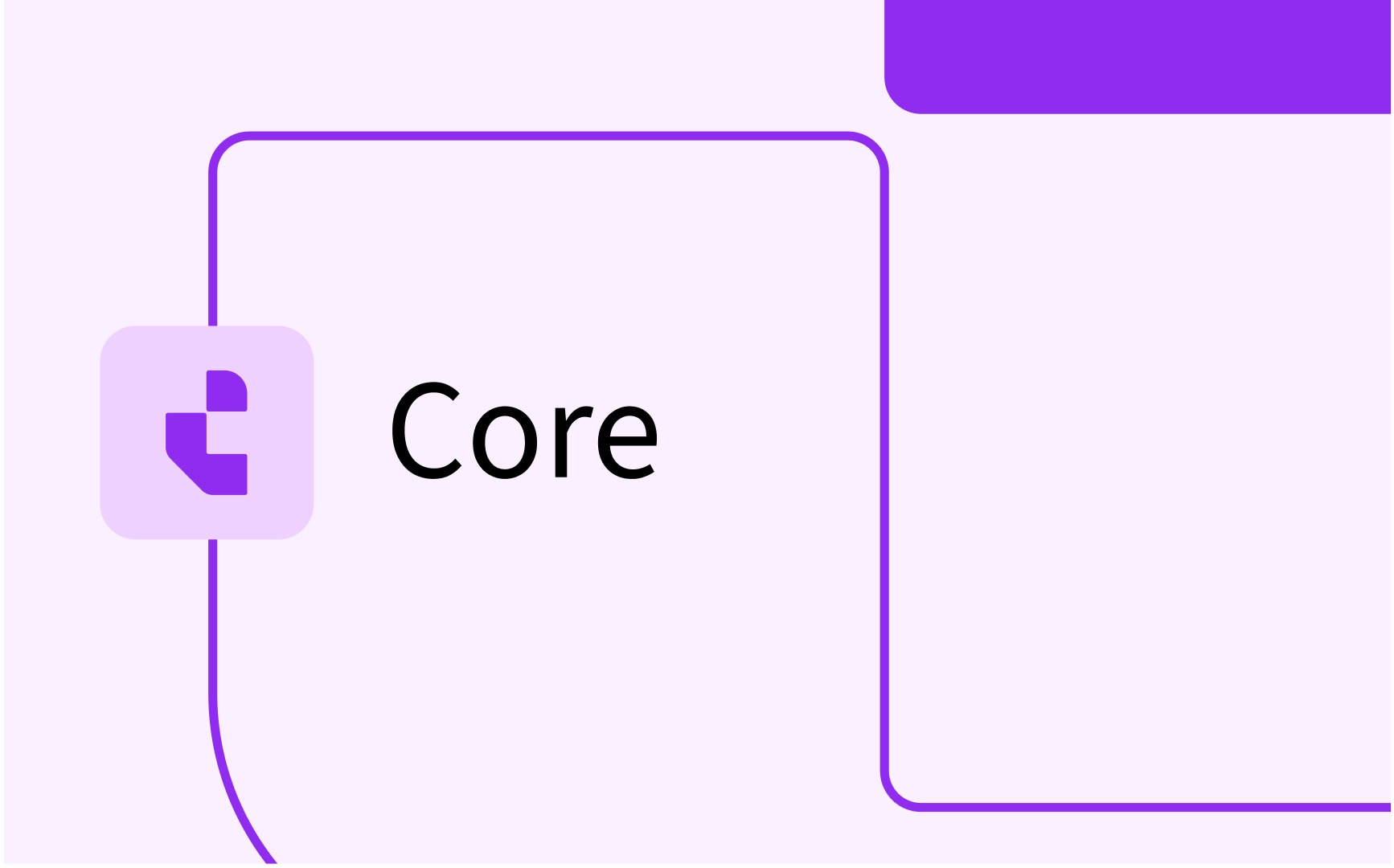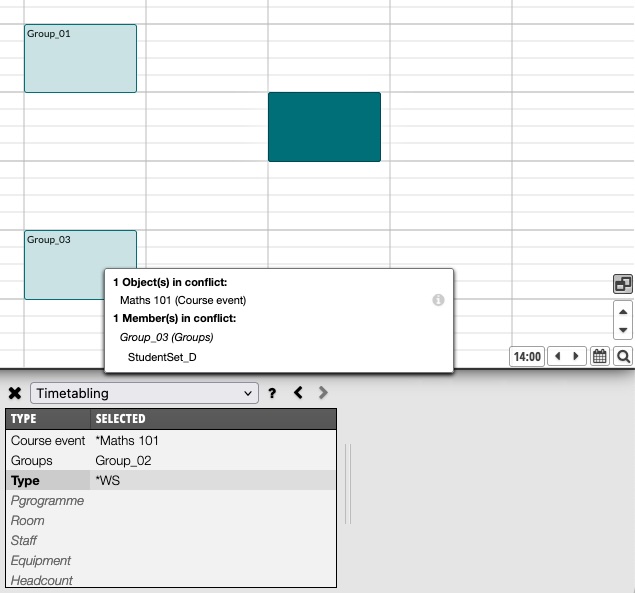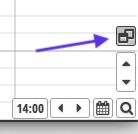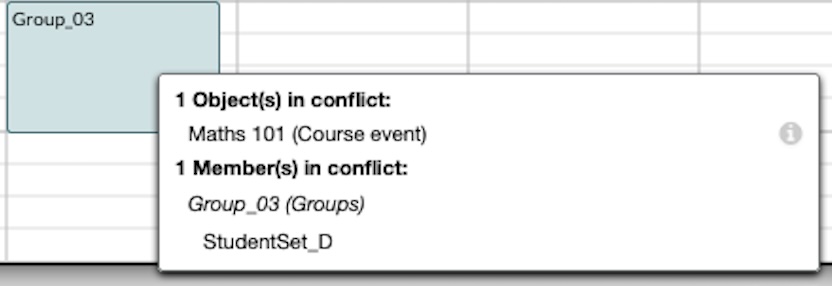Conflict Popup

Background
When working with a published (or draft) timetable, you often need to make changes to existing reservations. This is usually not an issue, if you have a "simple" data model, where the conflict control is only on objects. But when it comes to Memberships, it's not always easy to figure out what the conflict actually is.
The new Conflict Mode with its Conflict Popup, enables the user to more thoroughly investigate the conflicts in the Calendar.

The Conflict Popup simply shows the user WHY there is a conflict, regardless of what the reason is. So if there is an object in conflict, it will shoe that. And if there is a shared member between an object on the already existing reservation and an object you've selected in the Selected List, the Conflict Popup will show you which one it is.
For each object or member listed in the Conflict Popup, there is a link to the Object Information side panel. So it's always possible to investigate the conflicting objects further.
So when you know which member or members causing a conflict, what should you do then? It's of course a matter of the problem you're trying to solve, but one action could be to move the member away from one of the objects, and for this, the Pinboard is a great tool. Depending on which object you want to move the memberfrom, either click Modify Object directly in the Selected List, or click the i-icon in the Conflict Popup on the Members parent, and then click Modify Object. From here, go to edit the members and use the Pinboard to move the members to another object.
Using the Conflict Popup
To toggle the Conflict Mode on, click the little button in the bottom right corner of the calendar.

This will transform the normal Reservation Information popup into a Conflict Popup.
There are two "sections" in the popup. The first section lists all directly conflicting objects, both physical and abstract. The second section lists all conflicting Members of Objects. Each conflicting member is listed under the object it belongs to on the reservation.

In this example, StudentSet_D is a member of Group_03, which is on the reservation. All members of the same object will be grouped together. The parent object name is shown in italic font to further indicate that the object itself is not conflicting, only it's member(s)
The type of the object is shown in parenthesis and the label is taken from the leftmost column in the object list in Core (like any label). This is however not the case for the members. For these, the "primary field" is used and the type is not shown. This is a temporary limitation, and will be solved in an upcoming release.
For all objects and members listed in the popup, there is an i-icon that will open the Object Information side panel for that object.





